The Eagle Owl has a wingspan of 160–188 cm (63–74 in). Females weigh 1.75–4.2 kg and males weigh 1.5–3 kg.
Thoughtful.
+portrait.jpg) |
| Eurasian Eagle-Owl (Bubo bubo) portrait. (© LightColourShade. All rights reserved) |
Catching the fleeting scenes of many splendored life
'Look closely. The beautiful may be small' — Kant
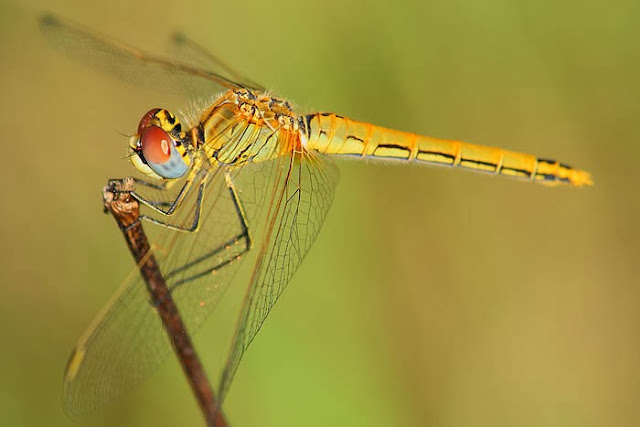+female.jpg) |
| Red-veined Darter (Sympetrum fonscolombii) female. (© LightColourShade. All rights reserved) |
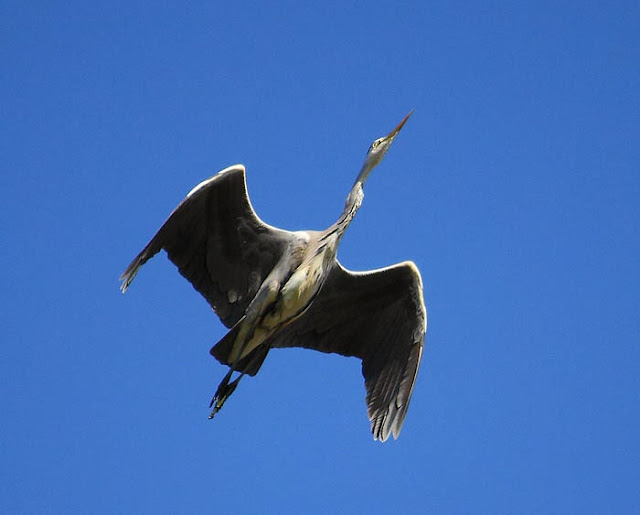+in+flight+with+its+neck+extended.jpg) |
| Grey Heron (Ardea cinerea) in flight with its neck extended (© LightColourShade. All rights reserved) |
| Female mallard duck (Anas platyrhynchos) with her chicks in the lake. (by-nc-nd) |
 |
| Lesser Emperor (Anax parthenope)in flight over the water (© LightColourShade. All rights reserved) |
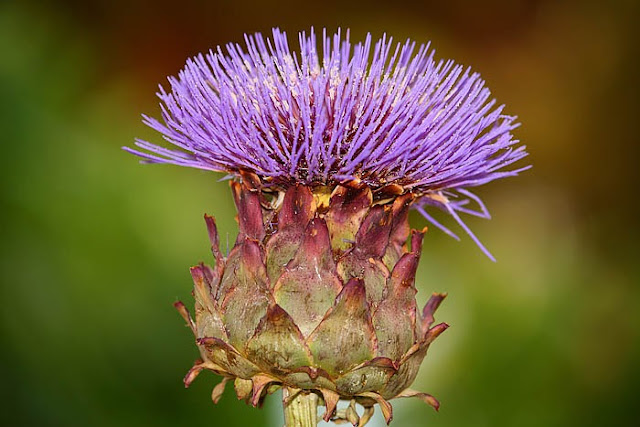,+artichoke+thistle,+cardone,+cardoni,+carduni,+cardi+flower.jpg) |
| Cardoon (Cynara cardunculus), artichoke thistle flower (© LightColourShade. All rights reserved) |
 |
| Codophila varia shield bug on grass stem. (© LightColourShade. All rights reserved) |
 |
| Deep orange garden nasturtium (Tropaeolum Majus) flower (© LightColourShade. All rights reserved) |
 |
| Sun setting into the sea. (© LightColourShade. All rights reserved) |
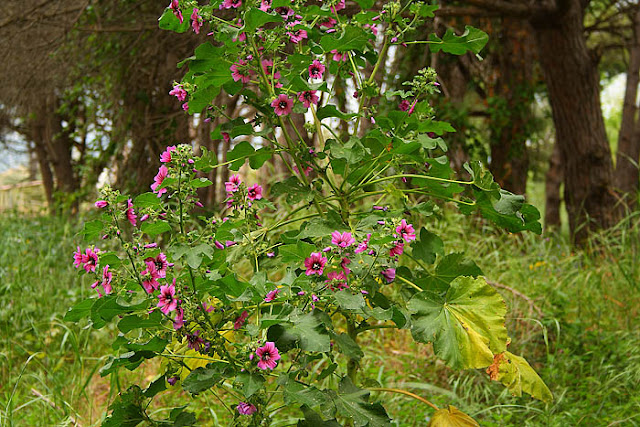+bush+in+the+forest.jpg) |
| Lavatera arborea (Tree Mallow) bush in the forest. (© LightColourShade. All rights reserved) |
+female+spawning+in+the+soil.jpg) |
| Egyptian grasshopper (Anacridium aegyptium) female spawning in the soil (© LightColourShade. All rights reserved) |
+close-up.jpg) |
| Cynoglossum creticum. (© LightColourShade. All rights reserved) |
| Barn Swallow (Hirundo rustica) perched on a reed (© LightColourShade. All rights reserved) |
 |
| Syncopation. Shadow of a glass vase. (© LightColourShade. All rights reserved) |
+close-up.jpg) |
| Banana flower (Musa acuminata) close-up (© LightColourShade. All rights reserved) |
 |
| Spartium junceum, Spanish Broom, Weaver's Broom flowering bushes (© LightColourShade. All rights reserved) |
 |
| Parkinsonia aculeat (Jellybean tree) flowers (© LightColourShade. All rights reserved) |
 |
| Allium ampeloprasum flower. (© LightColourShade. All rights reserved) |
 |
| Reflections in a clock. (© LightColourShade. All rights reserved) |
 flowers.jpg) |
| Sea holly (Eryngium maritimum) flowers. (© LightColourShade. All rights reserved) |
 |
| Mediterranean dune vegetation. Ammophila arenaria, Pancratium maritimum, Carpobrotus chilensis. (© LightColourShade. All rights reserved) |
 |
| Shades of white. White quartz pebble on ceramic. (© LightColourShade. All rights reserved) |
.jpg) |
| Captive Golden Eagle (Aquila chrysaetos). (© LightColourShade. All rights reserved) |
 |
| Convolvulus, Morning glory blue flower close-up (© LightColourShade. All rights reserved) |
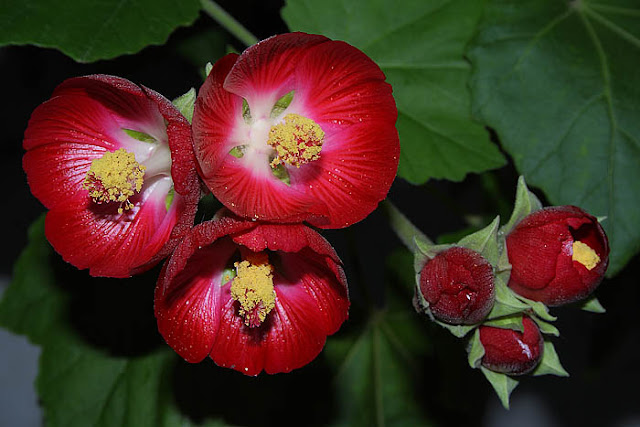+flowers+and+buds.jpg) |
| Abutilon Pictum (Redvein Abutilon) flowers and buds (© LightColourShade. All rights reserved) |
 |
| Mediterranean Gull (Ichthyaetus melanocephalus) on the water (© LightColourShade. All rights reserved) |
 |
| Ganoderma applanatum (Artist's Conk) (© LightColourShade. All rights reserved) |
+flowers+in+the+street+lamp+light.jpg) |
| Mimosa, Silver wattle (Acacia dealbata) flowers in the street lamp light (© LightColourShade. All rights reserved) |
 |
| Purple Bougainvillea bracts and flowers (© LightColourShade. All rights reserved) |
 |
| Quartz, amethyst and rock. (© LightColourShade. All rights reserved) |